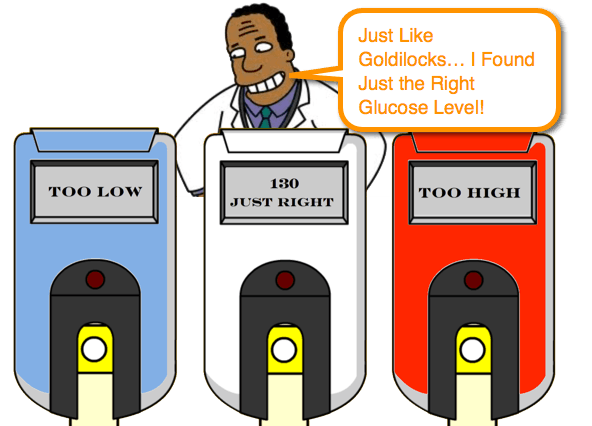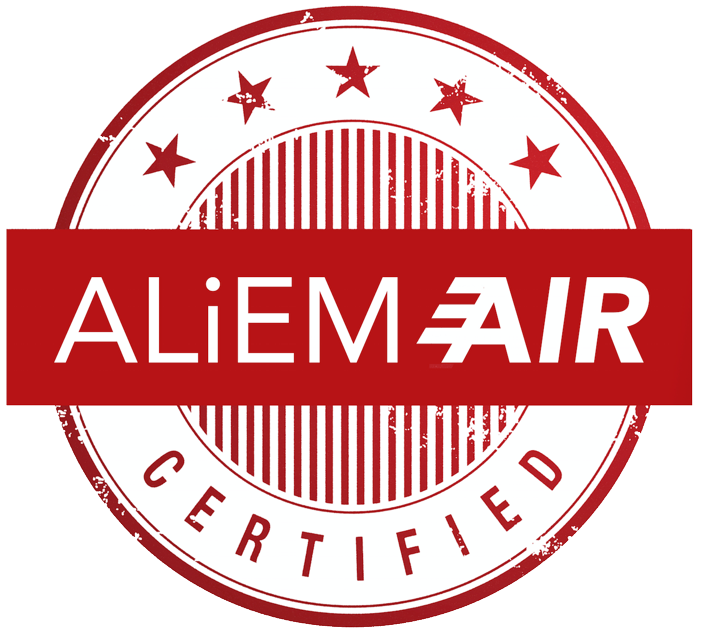Pediatric Burn
We have covered many environmental injuries in the past (ex, Lawn mower injury, ersion Injury, Firearm Safety). We have also addressed some basics of Pediatric Burn management, but because burns can be challenging to manage, let us revisit some issues with Pediatric Burn, like what glucose level should be the goal.
Pediatric Burn: Basics
- It is estimated that every day 300 children (0-19 years) are treated in EDs for burns. (CDC.gov)
- 2 children die every day due to burn related injuries.
- Scalding injuries are more prevalent in children <5years of age, while flame/fire is most prevalent at all other age groups. (American Burn Association 2013 Report)
Pediatric Burn: TBSA Estimation
- Calculation of the Total Body Surface Area involved in the burn is CRITICAL!
- TBSA calculations will help determine fluid management.
- TBSA calculations will help determine whether a patient requires transfer to Burn Facility.
- Unfortunately, there is no perfect solution to accurately calculate the TBSA in the ED on initial exam.
- Rule of Nines – often OVER-estimates the size of the burn
- Lund-Browder – accounts for changes in body surface area with age, but is technically more difficult to use than Rule of Nines. Often preferred for Pediatric Burn.
- Neither account for irregular burn patterns that do not occupy an entire designated body surface area.
- There are “resuscitation burn cards” that offer a standardized area that can be used to help improve estimations of irregular burns. [Malic, 2007]
- A Burn Size Score has also been recently studied as a means to improve accuracy of initial TBSA estimations. [Kahn, 2010]
- Unfortunately, there is often a discrepancy between the TBSA initially calculated and the one the Burn Center recalculates. [Goverman,
- TBSA calculations DO NOT include 1st Degree burns.
- Including 1st degree burns leads to over-estimation of the burn, excessive fluid administration, and unnecessary transfers.
- Since there are several methods to calculate TBSA, and none are perfect, it is likely best to know which method your friendly neighborhood Burn Center uses so that you can all be on the same page!
- TBSA calculations DO NOT include 1st Degree burns.
Pediatric Burn: Don’t Forget the Sugar!
- We have discussed the importance of recognizing hypoglycemia in children.
- Monitoring glucose levels in pediatric burn patients is also critical!
-
Too Low is Bad
- Pediatric burn patients have even higher metabolic rate than normal and higher glucose requirements.
- They also have limited alternative energy stores.
- Pediatric Burn patients have been found to be vulnerable to hypoglycemia-induced injury. [Jeschke, 2014]
- Hypoglycemia causes a greater inflammatory response than those without hypoglycemia. [Jeschke, 2014]
-
Too High is Bad
- Critically-ill burn patients can experience stress-induced hyperglycemia and insulin resistance.
- Hyperglycemia is associated with:
- increased protein catabolism
- skin graft failure
- infection
- sepsis
- increased mortality
- Tight glycemic control with insulin therapy can help avoid these complications. [Jeschke, 2010; Fram, 2010]
- Unfortunately, this can lead to hypoglycemia.
-
What’s Just Right?
- Since having glucose levels that are too high or too low seem to be suboptimal, what is the goal glucose level?
- Glucose level of 130-140 mg/dL seems to be the best goal. [Jeschke, 2010]
Moral of the Morsel
- Take the time to estimate the TBSA involved. This will greatly influence the management!
- Initial fluid calculations for replacement (ex, using Parkland formula) should be ADDED to maintenance fluids.
- NEVER forget the sugar! You don’t need to add it to their resuscitation fluids, but their maintenance fluids need glucose.
- If the patient remains in your care for a prolonged period, don’t forget to monitor the glucose level.
References
Jeschke MG1, Pinto R, Herndon DN, Finnerty CC, Kraft R. Hypoglycemia is associated with increased postburn morbidity and mortality in pediatric patients. Crit Care Med. 2014 May;42(5):1221-31. PMID: 24368343. [PubMed] [Read by QxMD]
Stahl D1, Bittner EA. Glucose control in pediatric burn patients: refining the search for the “sweet spot”. Crit Care Med. 2014 May;42(5):1315-7. PMID: 24736355. [PubMed] [Read by QxMD]
Goverman J1, Bittner EA, Friedstat JS, Moore M, Nozari A, Ibrahim AE, Sarhane KA, Chang PH, Sheridan RL, Fagan SP. Discrepancy in Initial Pediatric Burn Estimates and Its Impact on Fluid Resuscitation. J Burn Care Res. 2014 Nov 18. PMID: 25407387. [PubMed] [Read by QxMD]
Jeschke MG1, Kraft R, Emdad F, Kulp GA, Williams FN, Herndon DN. Glucose control in severely thermally injured pediatric patients: what glucose range should be the target? Ann Surg. 2010 Sep;252(3):521-7; discussion 527-8. PMID: 20739853. [PubMed] [Read by QxMD]
Fram RY1, Cree MG, Wolfe RR, Mlcak RP, Qian T, Chinkes DL, Herndon DN. Intensive insulin therapy improves insulin sensitivity and mitochondrial function in severely burned children. Crit Care Med. 2010 Jun;38(6):1475-83. PMID: 20400899. [PubMed] [Read by QxMD]
Jeschke MG1, Kulp GA, Kraft R, Finnerty CC, Mlcak R, Lee JO, Herndon DN. Intensive insulin therapy in severely burned pediatric patients: a prospective randomized trial. Am J Respir Crit Care Med. 2010 Aug 1;182(3):351-9. PMID: 20395554. [PubMed] [Read by QxMD]
Kahn SA1, Schoemann M, Lentz CW. Burn resuscitation index: a simple method for calculating fluid resuscitation in the burn patient. J Burn Care Res. 2010 Jul-Aug;31(4):616-23. PMID: 20489651. [PubMed] [Read by QxMD]
Malic CC1, Karoo RO, Austin O, Phipps A. Resuscitation burn card–a useful tool for burn injury assessment. Burns. 2007 Mar;33(2):195-9. PMID: 17222978. [PubMed] [Read by QxMD]




[…] due to missiles, crushing, or thermal injury (burns or […]
[…] Burns […]